ITEM: Original British Official Photograph distributed by Western Newspaper Union Photo Service, 1918. 5x8 inches. Fine condition. $200
Ref: JF Ptak Science Books Post 1331
Most of the stuff that was blown up in WWI was an end result of explosive shells being fired from canons--only a miniscule amount of the percentage of all bombing done during WWI was from airplanes, and another very slight percentage from tanks. On the other hand sappers played a much larger role in WWI than in just about any other war, placing explosives by hand and then detonating them. (I wrote earlier in this blog about the extensive underground trench fighting that went on with sappers tunneling under No Man's Land and placing explosives underneath an enemy's trenches. And I guess you could tunnel under the tunnel, and so on. This sort of warfare is extremely old, though the name is not, being about 150 years old. These soldiers were forward combat engineers, and had training across a number of different areas—they were responsible for many technical chores, like building (and blowing up) bridges, laying/clearing minefields, general demolition, defense construction, and, of course, fighting. It could be a tremendously difficult job, unimaginable.)
This photograph reminds me in some odd way of Arthur Rothstein's iconic photograph of Marines raising the flag on Mount Suribachi, Iwo Jima, but only a little.
The caption of this news photo service image identified these soldiers for blowing up trees to obstruct the canal in the background. If you land enough trees in a canal like this you are definitely going to cause corruption and heart attacks for anyone trying to move men or ordnance down the canal.
I thought for a bit that these men might actually be threading barbed wire through the trees to make the job of removing that even more heinous. But there's no way that you could lay hundreds of yards of barbed wire without gloves and without slicing your hands up--maybe you could do it carefully for a little bit, but not for long.
But I've got to say that this really doesn't look like demolition materiel....

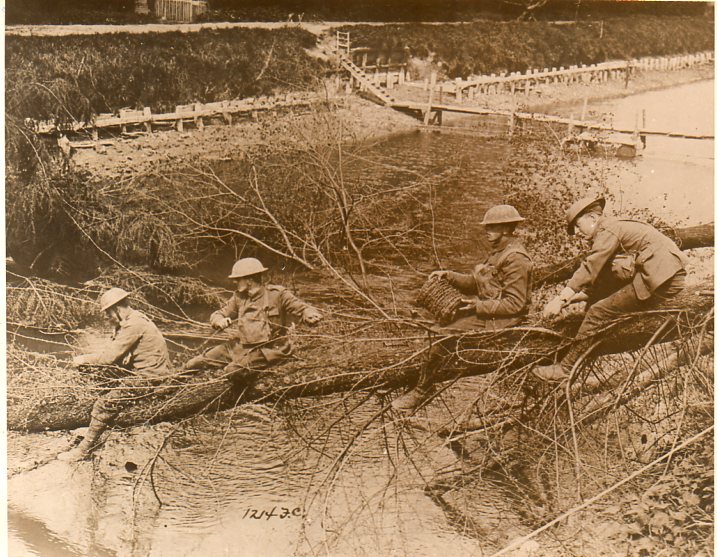
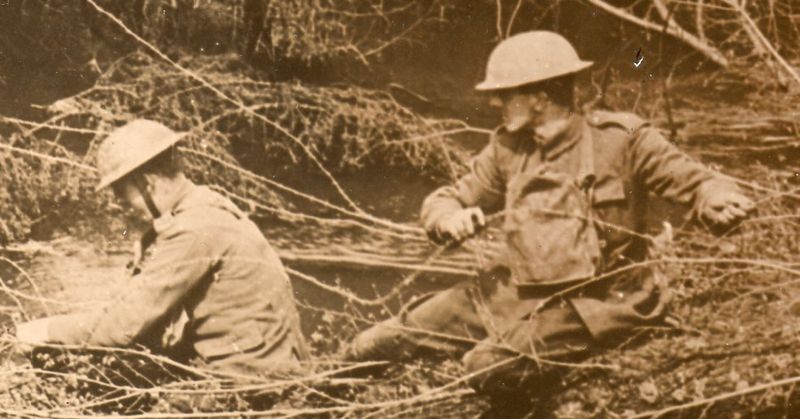
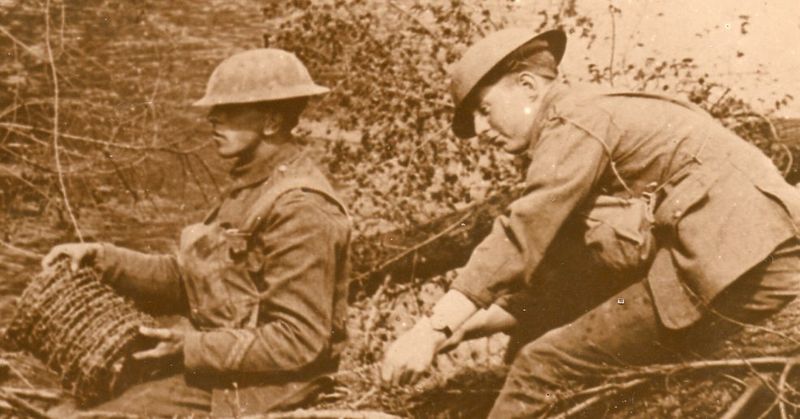
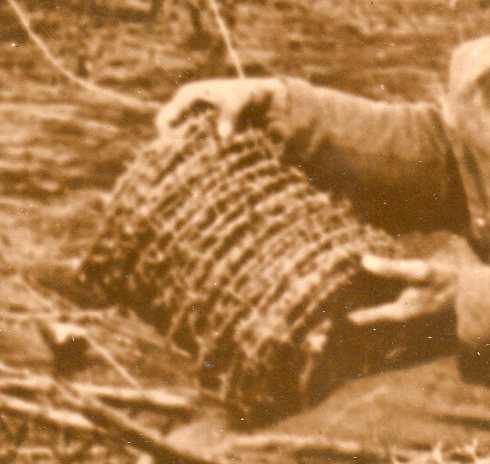
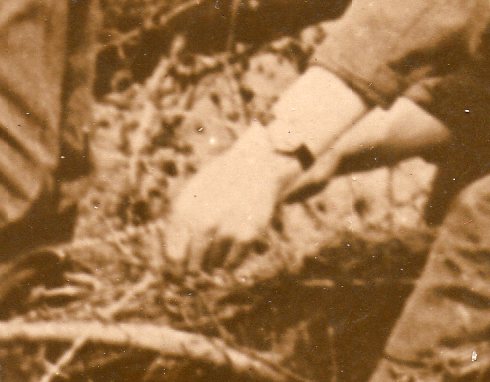


Comments